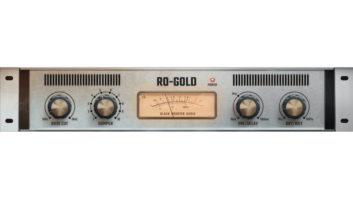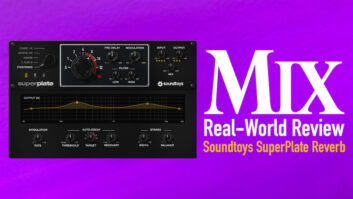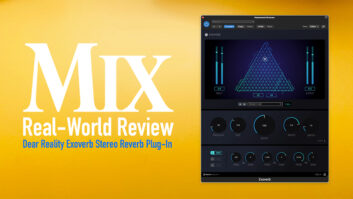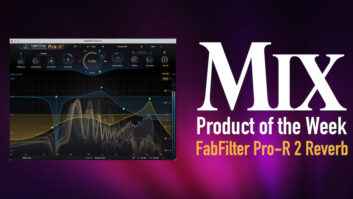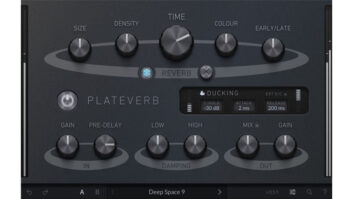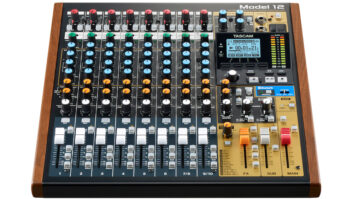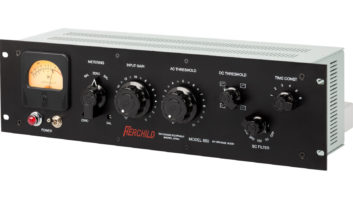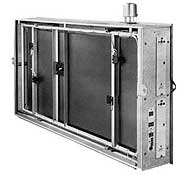
Today, with the proliferation of low- and high-end digital reverberation, room simulators and the like, it’s hard to recall a time when adding a little ’verb to a track was a complicated undertaking. Natural reverb has always been available, and it was always possible to create reverb while tracking using a distant room mic or placing your sound source in a reverberant space, such as a bathroom or stairwell. A few studios even went so far as to build reverb chambers—hard-surfaced rooms equipped with a mic or mics to pick up a speaker feed. Less well-heeled studios could always use their hallways in a pinch. However, electronic reverberation finally appeared with the debut of the Model 140 from German company EMT (Elektromesstechnik).
Developed by Dr. Walter Kuhl at the Institute for Broadcast Technology in Hamburg, the EMT 140 used the concept of vibrating a large, thin metal sheet (about 1×2 meters and half a millimeter in thickness). The metal plate was suspended by springs from a rigid metal frame enclosed in a heavy wooden case. The vibrations were generated by a center-mounted transducer (essentially a speaker-style driver) that was amplified and fed from an effects send, with the reverb output coming from a mic-style pickup transducer placed at the outside of the plate. The system’s “reverb time” was controlled (or at least kept from going out of control) by a damping pad that pressed against the plate.
The results hardly sounded like a cathedral but were thick and diffuse, and well-suited to vocals and drums. Given their massive size, 400-plus-pound weight and need to be placed in a vibration-free/noise-free space, plates were hardly the perfect solution but sounded far better than spring reverbs and were much cheaper than building acoustic chambers. In 1961, EMT debuted the Model 140S, which added a second output pickup for a stereo effect. Even with the power of modern DSP to conjure up almost any space, nearly all of today’s digital reverbs include plate reverb programs.
